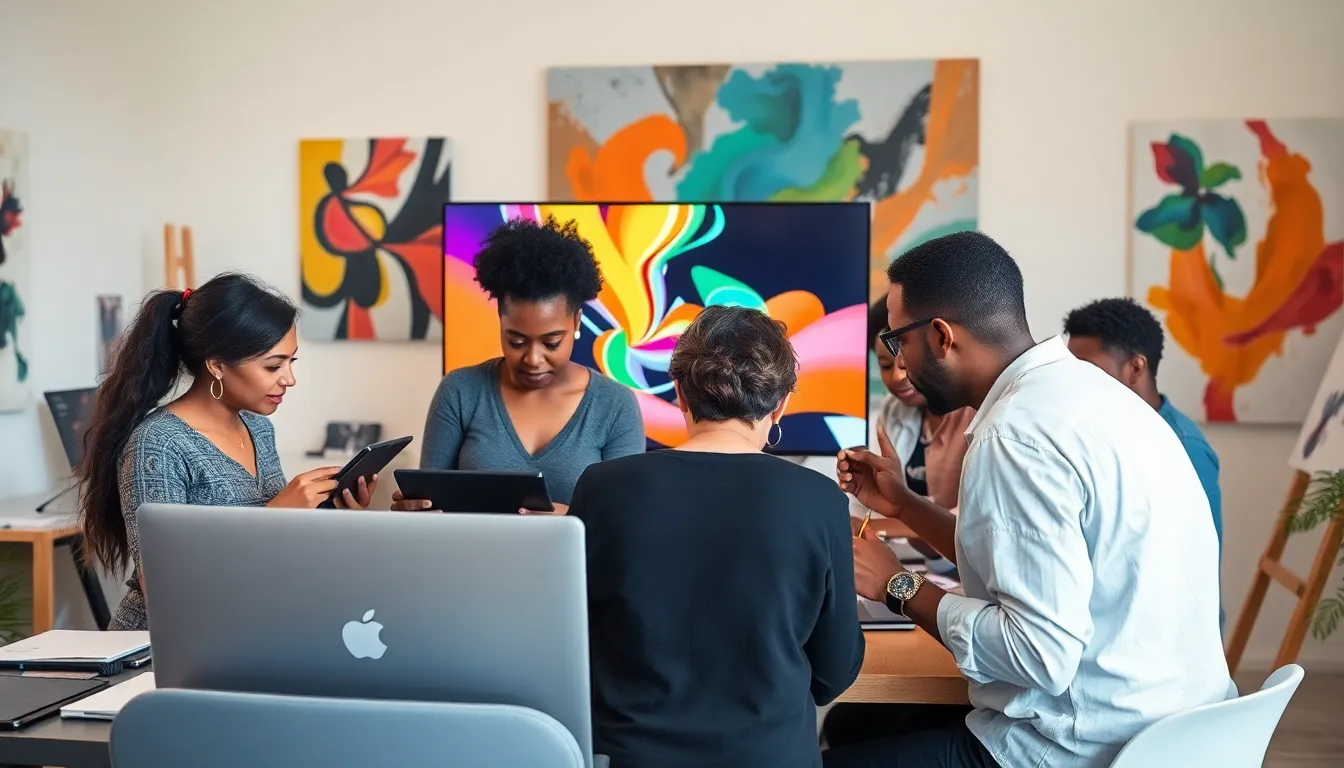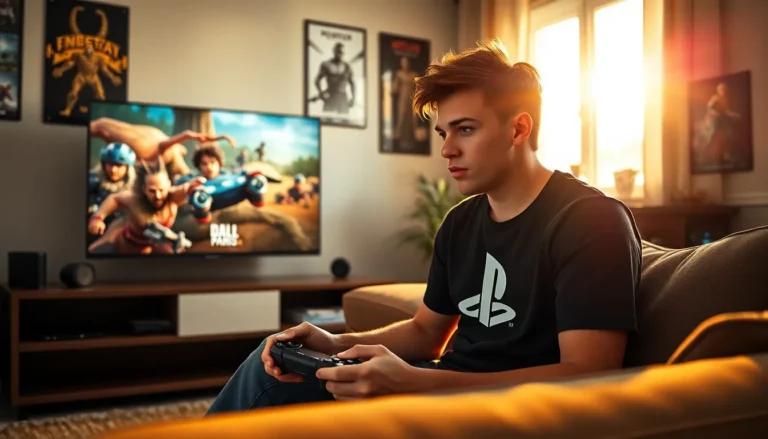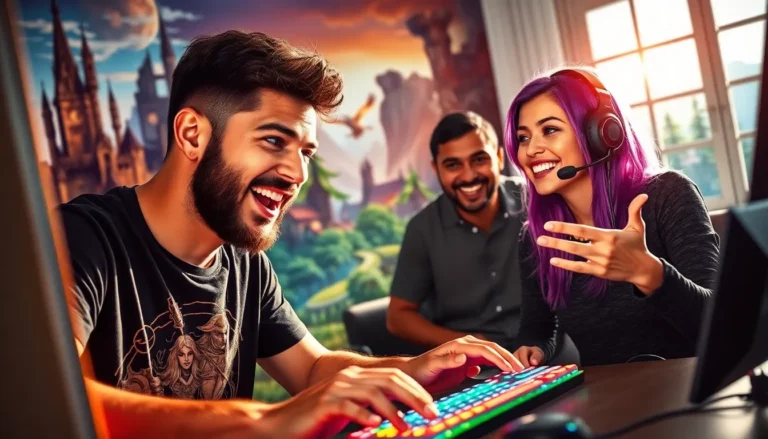When you think of art, what comes to mind? Paintings? Sculptures? Perhaps the last time you walked through a gallery, you saw something more akin to an automation than an oil painting. Welcome to the world of technology art, where creativity meets innovation in a glorious mash-up that’s redefining artistic expression. If you’re scratching your head, wondering how banana purchases can fit into this vibrant scene, hang tight. This article will guide you from digital tools to virtual galleries, ensuring you’re well-equipped to jump into the awesome intersection of technology and artistry. So let’s peel back the layers, shall we?
Table of Contents
ToggleUnderstanding Technology Art

The Role of Technology in Art Creation
Technology has revolutionized how artists create and share their work. Forget the classic paintbrush: today, artists wield tablets and software like Adobe Creative Suite to craft masterpieces. Technology opens up a world of possibilities, allowing creators to blend traditional art forms with modern techniques. It’s not just about creating: it’s a whole new way to express feelings and tell stories. With every click, a different dimension of creativity emerges.
Digital Tools and Software for Artists
Have you ever wondered what tools professional artists use? The digital landscape is teeming with software that caters to every artistic need. Programs like Procreate and Corel Painter offer artists a digital canvas that mimics traditional mediums, while others, like Unity or Blender, provide platforms for 3D modeling and interactive experiences. Tablets with pressure-sensitive pens are changing the game, making it easier than ever to manipulate digital artworks on the fly.
Exploring Different Forms of Technology Art
Interactive Art Installations
Imagine stepping into an art installation that responds to your presence. Interactive art installations push boundaries by inviting viewers to participate in the artistic experience. You’re not just a spectator: you’re part of the artwork, making choices that influence its form and direction. Museums worldwide are increasingly adopting this style, proving that art can engage and entertain in unprecedented ways.
Generative Art and Algorithmic Design
Generative art combines the creativity of the artist with the capability of algorithms. By using coding and mathematical formulas, artists create visual works that transform infinitely. It’s art that evolves, reacts, and sometimes even surprises its creator. The beauty of generative art lies in its unpredictability, where each iteration may look entirely different, reflecting the complexities of technology itself.
Purchasing Technology Art: A Guide
Where to Find Technology Art Online
Looking to buy a piece of technology art? Welcome to the digital marketplace. Websites like Saatchi Art or Artsy feature extensive collections from tech-savvy artists worldwide. You can shop by style, medium, or even emotional appeal. NFT platforms are also gaining traction, allowing buyers to purchase unique digital artworks as collectibles. If you haven’t explored the world of Non-Fungible Tokens yet, it might be time to hop on board.
Understanding Pricing and Value
How to Evaluate Technology Art Purchases
Purchasing art, especially technology-based art, requires a discerning eye. Factors like the artist’s reputation, the complexity of the work, and even the medium play a significant role in determining value. Don’t hesitate to ask questions: after all, you want to ensure that the price tag reflects the creativity and innovation encapsulated in the piece. Consider it an investment, not just a decoration.
The Future of Technology Art and eBooks
Trends Shaping the Future of Digital Art
The landscape of technology art is evolving rapidly. Trends like augmented reality and virtual reality are beginning to redefine how we experience art. Imagine walking through a gallery where the exhibits come to life before your eyes. As technology advances, the creative possibilities will only expand, making it an exciting time for artists and audiences alike.
Potential of eBooks in Art Education and Purchase
Let’s not forget about the role of eBooks in this revolution. They’re not just for reading anymore. Many art educators are incorporating eBooks to teach techniques and art history, providing interactive features that enhance learning. As platforms for purchase become more engaging, eBooks might soon become the go-to resource for aspiring artists looking to master the digital medium.



